
In Photos: Norway's Spooky Seafloor Vents
Black Smokers
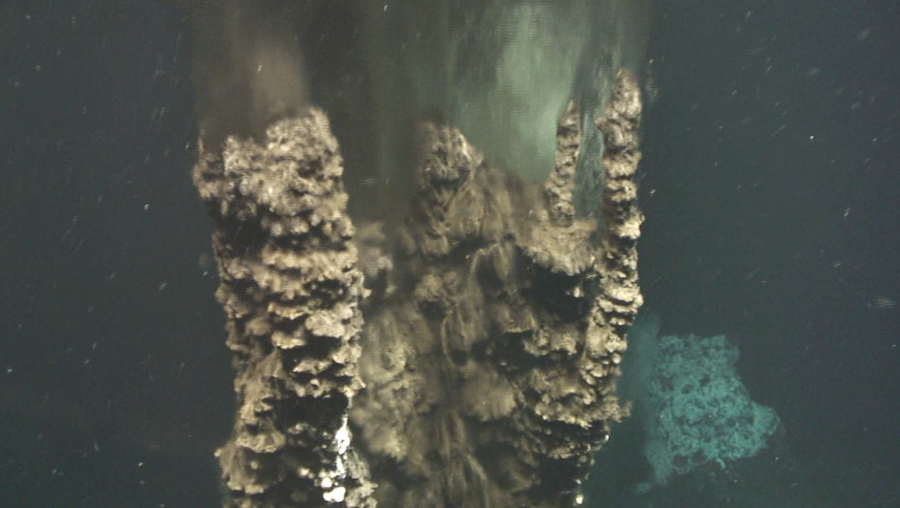
In 2008, researchers from Norway's University of Bergen discovered Loki's Castle, an underwater hydrothermal field at a depth of 7,875 feet (2,400 meters). The deep-sea volcanic vents in this complex are called black smokers. The ultra-heated water spewing from these vents looks dark and smoky thanks to mineral-rich compounds.
Smoker Sampling
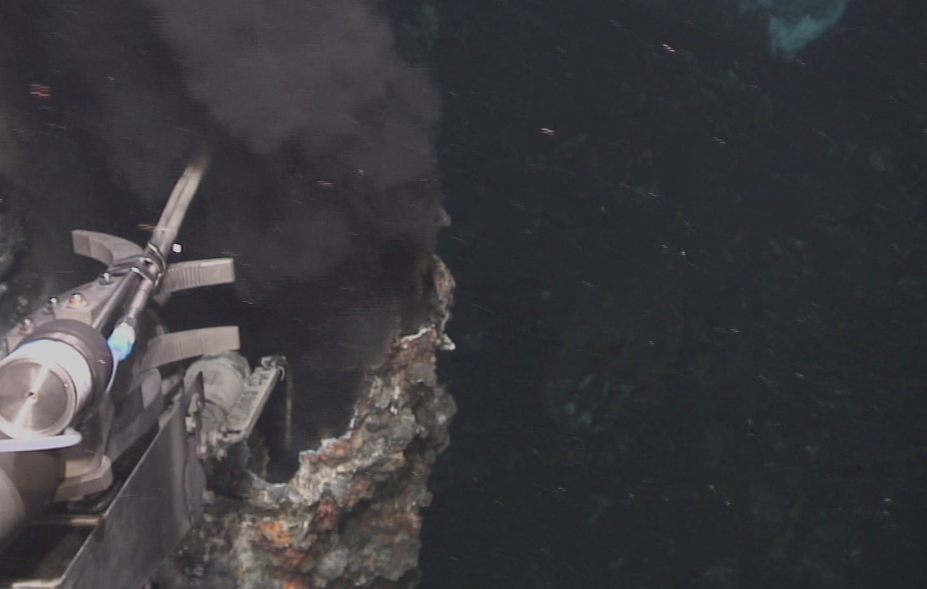
An undersea probe samples the hot water streaming out of this chimney at Loki's castle. These chimneys get built up from metal-rich minerals (sulfides) that precipitate out of the hot water when it mixes with the cold seawater.
Heat-Loving Microbes

Bacterial colonies live around the hot springs of Loki's Castle. The bacteria gobble up hydrogen sulfide, methane and hydrogen flowing out along with the warm water. Around them live a number of previously unknown animals — at least 20 new species at Loki's Castle so far, scientists say.
Heat Waves
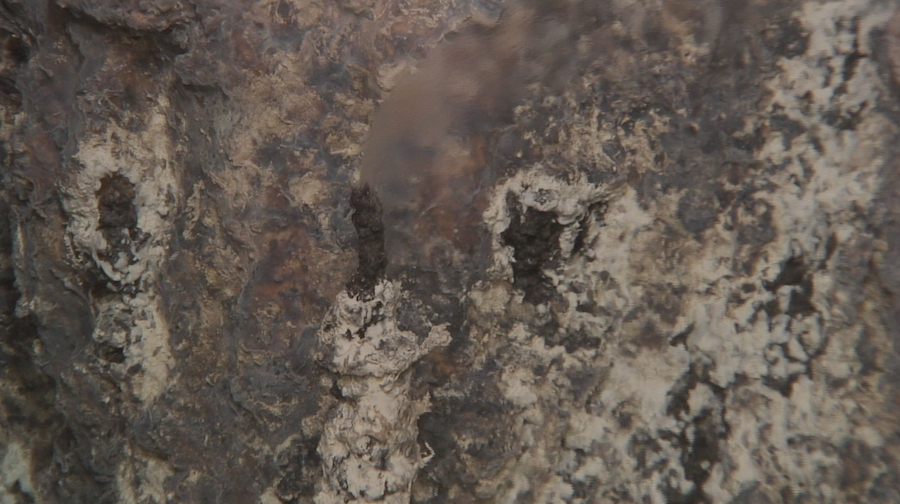
The chimneys at Loki's Castle spew metal-rich water that's as hot as 608 degrees Fahrenheit (320 degrees Celsius).
Soria Moria
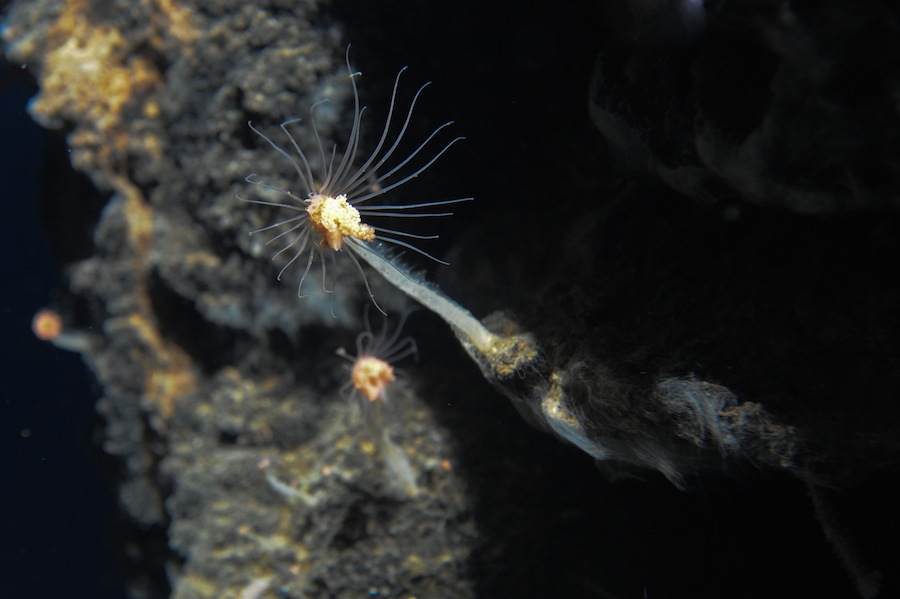
A photo of chimneys Soria Moria field, another recently discovered complex of hydrothermal vents on the Arctic seafloor.
Hotspot for Life

The hydrothermal chimneys and wildlife around Soria Moria are located roughly 2,300 feet (700 meter) below the surface, about 60 miles (100 km) east of Jan Mayen, a remote Norwegian volcanic island in the Arctic Ocean.
Bacteria-Covered Chimneys
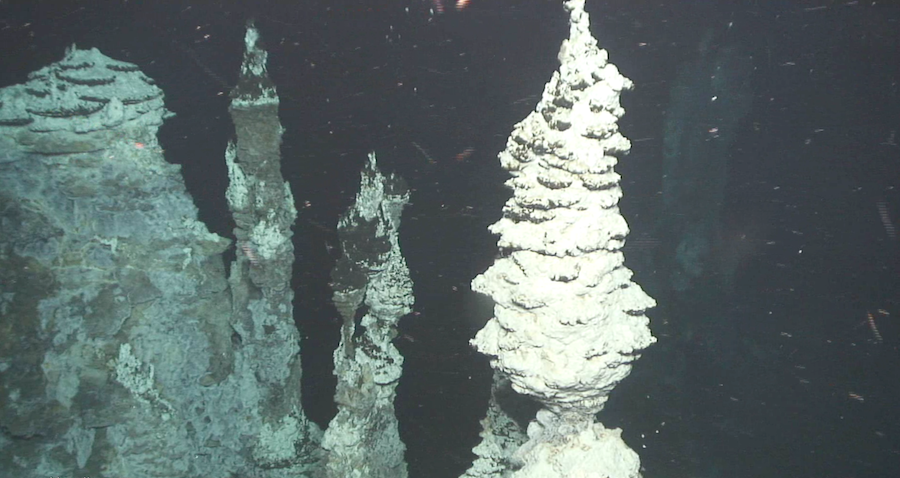
An underwater remote-controlled vehicle captured images of this 49-foot (15 meter) high chimney complex at the Soria Moria field. The white material that covers parts of the chimney is bacterial colonies.
Get the world’s most fascinating discoveries delivered straight to your inbox.
Dumbo Octopus
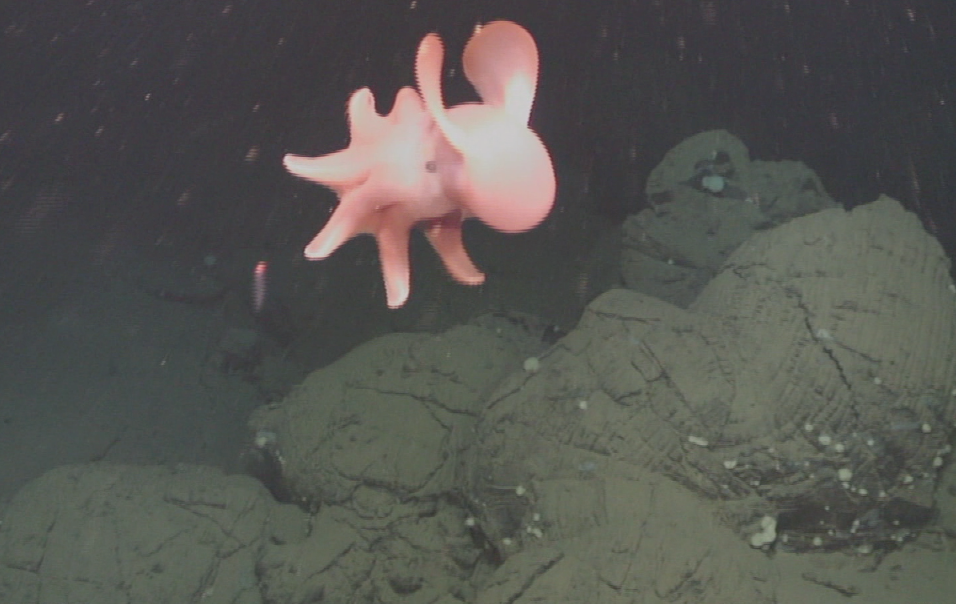
A dumbo octopus that lives in Arctic waters swims around the volcanic lava formations at a depth of 8,530 feet (2,600 meters).

